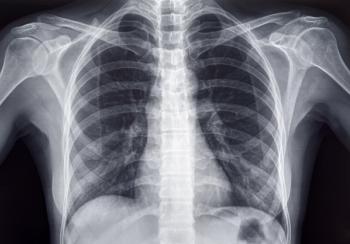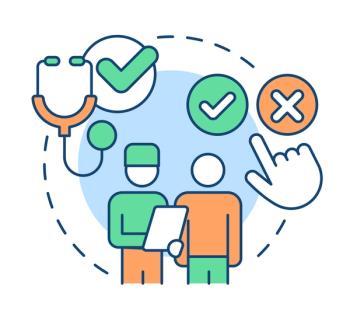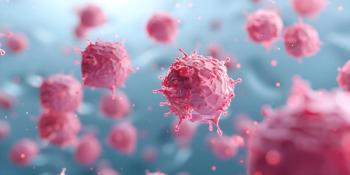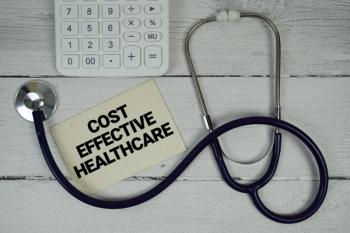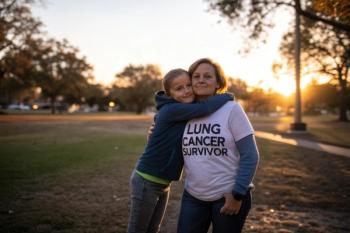
For Alecensa, ‘Take With Meal’ May Have a Caveat
Study suggests that low-fat meals may affect blood concentration levels, and high blood concentration has been correlated with a better response to the drug.
Absorption of Alecensa is largely influenced by food; patients are recommended to take it with a meal. But just how food affects absorption is not entirely known, so
In the study, 20 patients took one of two daily doses of Alecensa with different diets for three periods of seven days each (a new steady-state is formed within seven days, the researchers say). The first dose was taken with either a continental breakfast (two slices of wheat bread with butter and either ham, cheese, or peanut butter, and 250 milliliters (mL) of semi-skimmed milk) at 8 a.m.; 250 grams of low-fat yogurt and 250 mL of water at 8 a.m.; or a self-chosen lunch at 12 p.m. The second dose was taken with a self-chosen dinner at 7 p.m.
Absorption was 14% lower with the low-fat yogurt, compared with the continental breakfast, and 20% less than with the chosen lunch.
The food-drug interaction was clinically relevant and potentially dangerous, the researchers say: Patients with known Ctrough levels close to or below 435 ng/mL are at risk for subtherapeutic exposure and subsequent treatment failure.
Although they only studied low-fat yogurt, the researchers suggest that it’s “probable” that the same issues might arise with other low-fat foods, which could be a quandary for patients concerned about gaining weight (a potential side effect of Alecensa). For those patients, the researchers suggest, Alecensa could be taken with lunch, which typically has a higher fat content .
Newsletter
Get the latest industry news, event updates, and more from Managed healthcare Executive.

